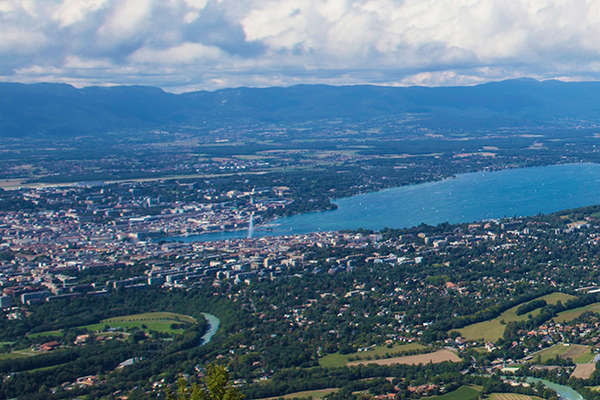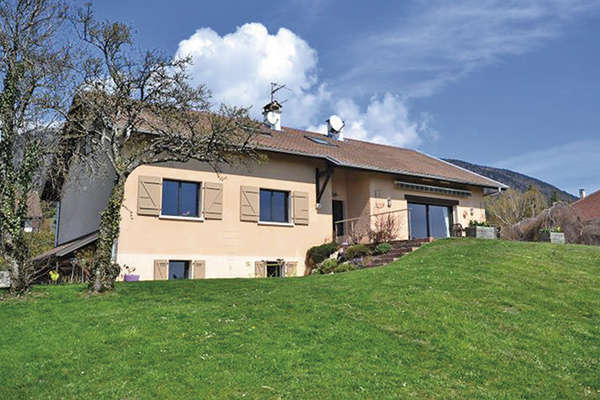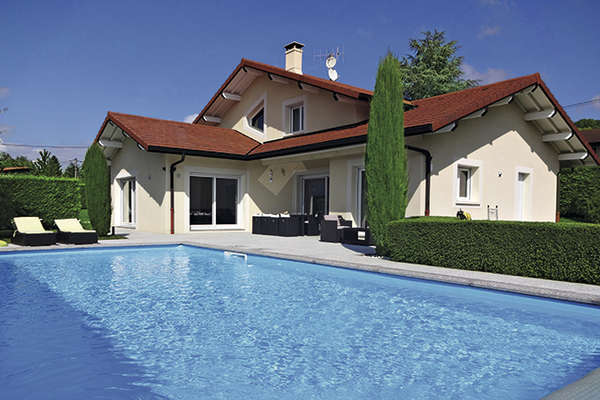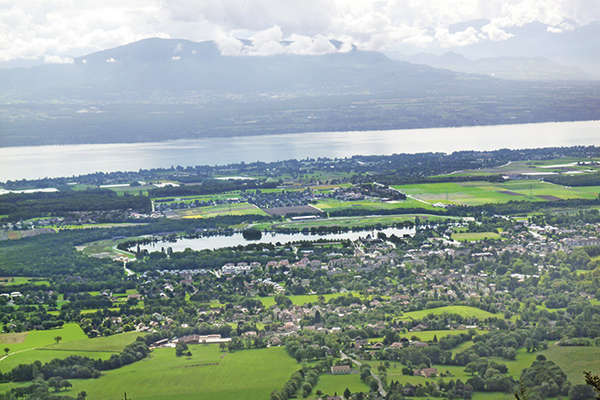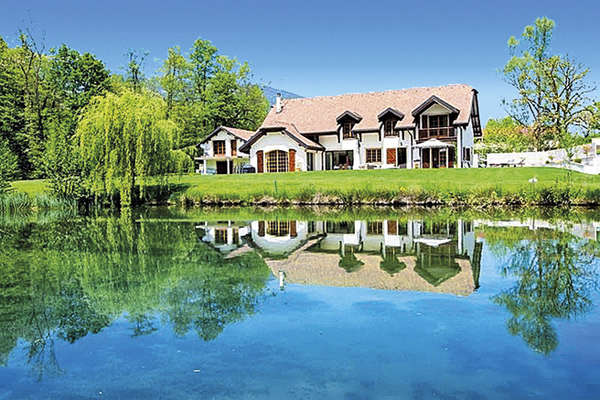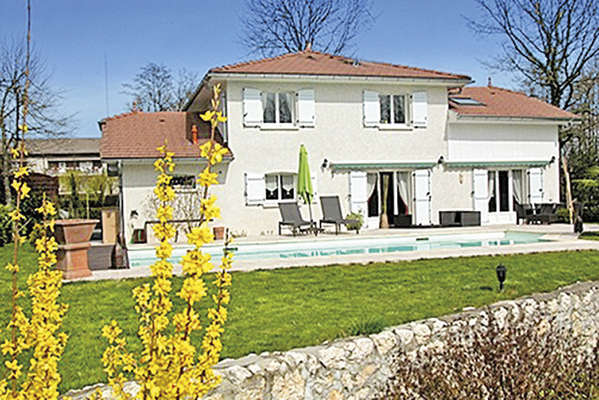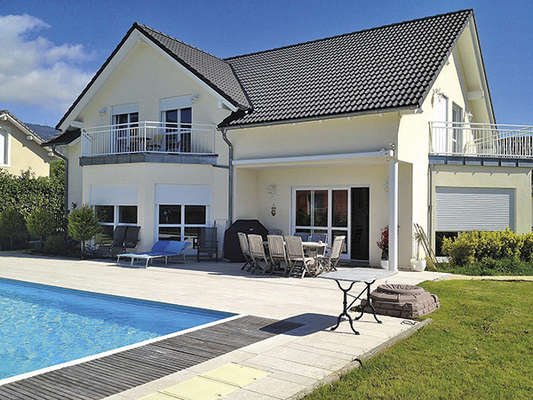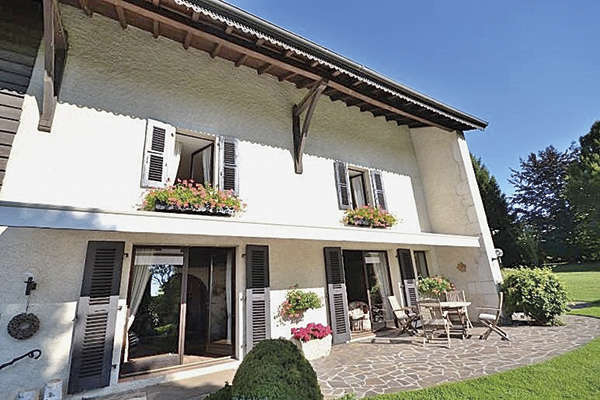Capbreton, a diverse market
By Laetitia Rossi - 09 July 2013
With a past several centuries old, this address in the Landes is home to 7,950 habitants. 50 km from the border with Spain and 20 minutes from the Biarritz airport, its sailing harbour boasts no less than 1,000 berths. From the 12th century to the present day, from its quarrels with Bayonne to its success as a tourist destination, the tale of a little town which became a seaside resort...
A gathering point for whale-hunters until the early 16th century, Capbreton then welcomed sailors, traders and boat-builders. There was trading in “sand wine” and riches gleaned from the forest. The town owes its tourist vocation to the fashion for sea-bathing which became popular in the late 19th century. The sailing harbour was built and, later on, the general spread of surfing and water-sports brought a second wave of enthusiasm. Since then, Capbreton has been known as a lively and trendy resort on the Landes coast.
“90 % of the transactions completed by Front de Mer Immobilier in Capbreton concern holiday homes,” says Henry Houssin. “Buyers are fond of the fishing port and sailing harbour, the only one in the département, and the numerous golf-courses on the outskirts of the town, a factor which is increasingly positive for our activity.” The town’s geographical location, 3 km from the motorway and 20 minutes from the Basque country, also works in its favour. Most of the buyers are from Aquitaine or the Midi-Pyrénées. As for Parisians, they prefer Hossegor. Far from competing, the two markets are complementary, Capbreton offering a wide array of apartments. The vast majority of clients target 1- or 2-bedroomed apartments or “villas-patios” (semi-detached villas with small private gardens) near the ocean, costing up to 300,000 €. The current slowdown in actvity is logical given the national and international context. It is, in fact, more a matter of a crisis in confidence than a real slump.
“Capbreton and Seignosse are comparable in terms of both offerings and clientele,” comments Michel Moser of the Cabinet Sables - Groupe Moser Immobilier. “The only difference is that of prices, slightly higher in the case of the first. By way of example, a studio in Capbreton costs around 100,000 € as compared to 80,000 € in Seignosse.” The famous “villas-patios” start at around 200,000 €. On the seafront, apartment residences take pride of place. As soon as a villa on the front row comes up for sale, it is immediately converted into apartments. The most recent residence on the front row cost close on 4,500 € per sq. metre. Finally, fans of houses can always opt for small “Capbretonnaises” of 80-100 m2, often requiring renovation, with gardens of 500-800 m2, located between the centre and the beach, and proposed from 350,000 to 400,000 €. The first half of this year has turned out to be relatively encouraging, though caution is still on the cards.
“The seaside resort offers a rich and varied market,” explain Jérôme Lassabe and Franck Sellier of the Agence des Golfs. “Within a limited area, it hosts both year-round and occasional residents, a beach, harbour and shopping centre, apartments, houses and building plots, old buildings and new developments.” The locals have left the seafront to tourists, preferring to be closer to the town or on its immediate outskirts, two enclaves more suited to year-round living. The agency’s most recent sales include an apartment of 85 m2 (three bedrooms) on the top floor of a recent residence, at 330,000 €, and a house of 180 m2 built in 2007 with a garden of 1,000 m2, priced at 390,000 €. Estates on the way out of Capbreton propose building plots of 500-600 m2 from 160,000 to 180,000 €, where houses of approx. 130 m2 can be built for an overall budget of 400,000 €. The market for second homes is still relatively buoyant. The latest sales include an apartment of 70 m2 with a terrace, facing the harbour and within walking distance of the beach, for 380,000 €, and a house of 120 m2, also within a 5-minute walk of bathing spots, for 450,000 €. In both cases, the buyers, from Toulouse and the Landes, are combining the enjoyment of a holiday home with the guarantee of a sound long-term investment.
